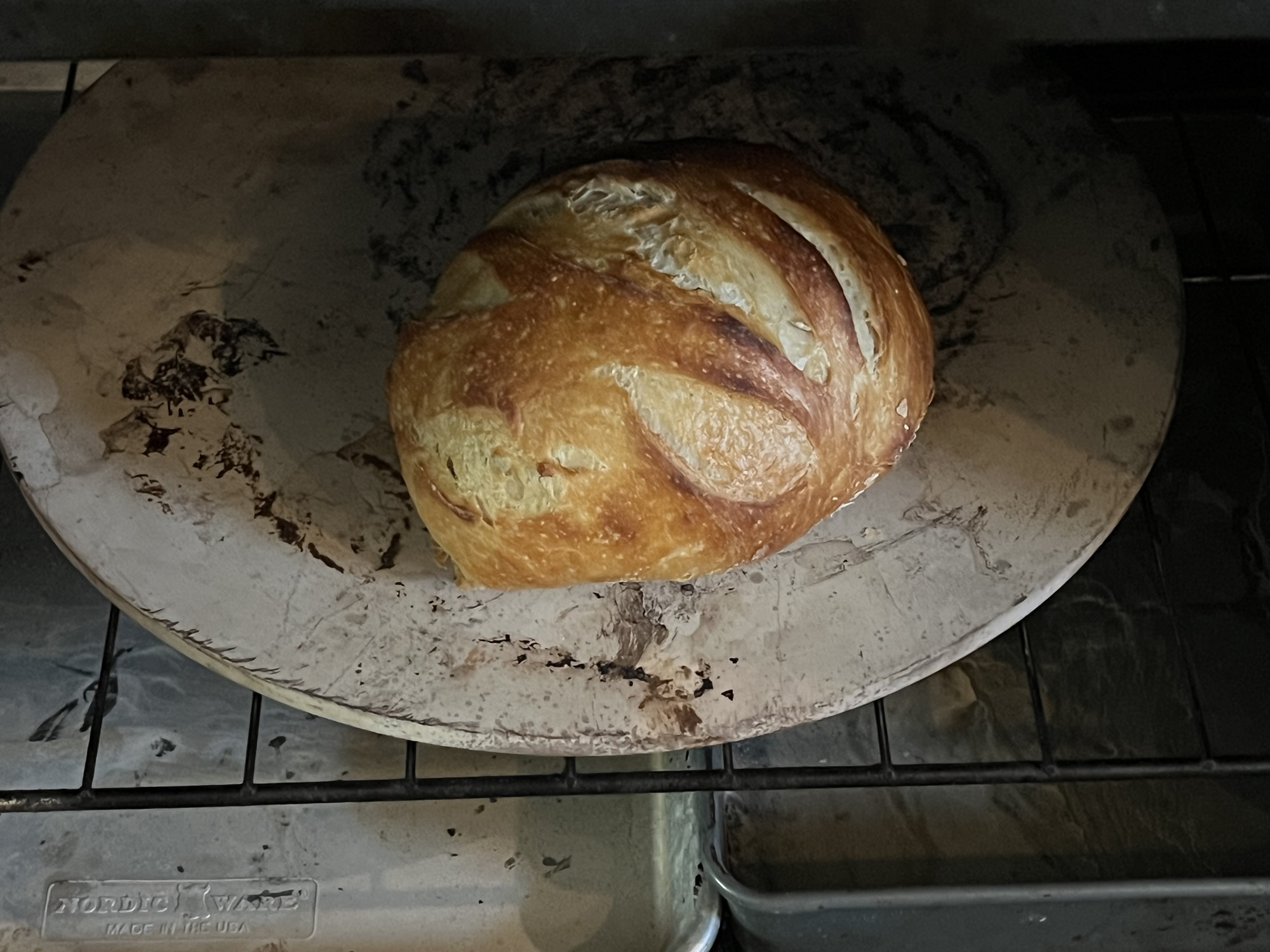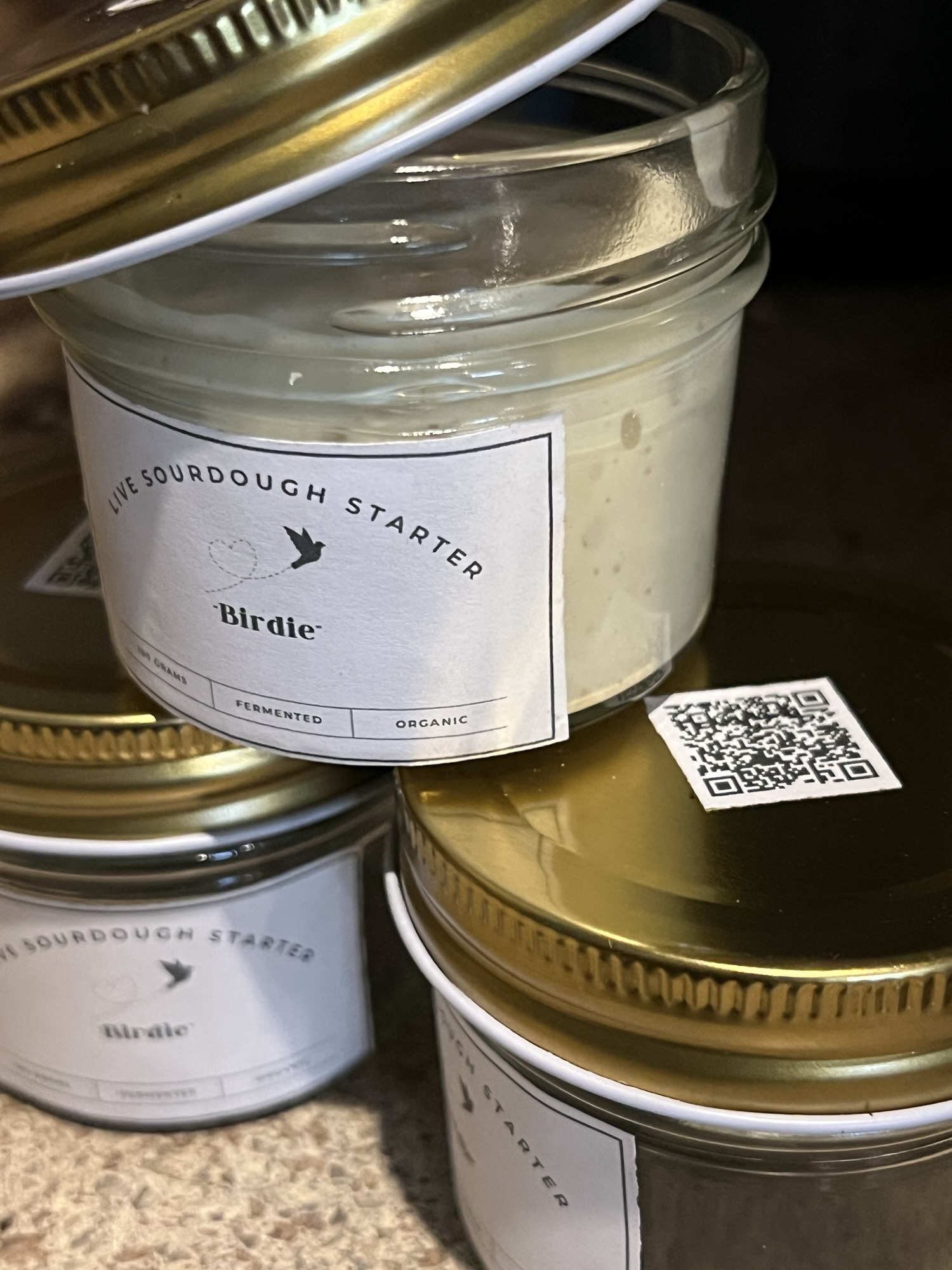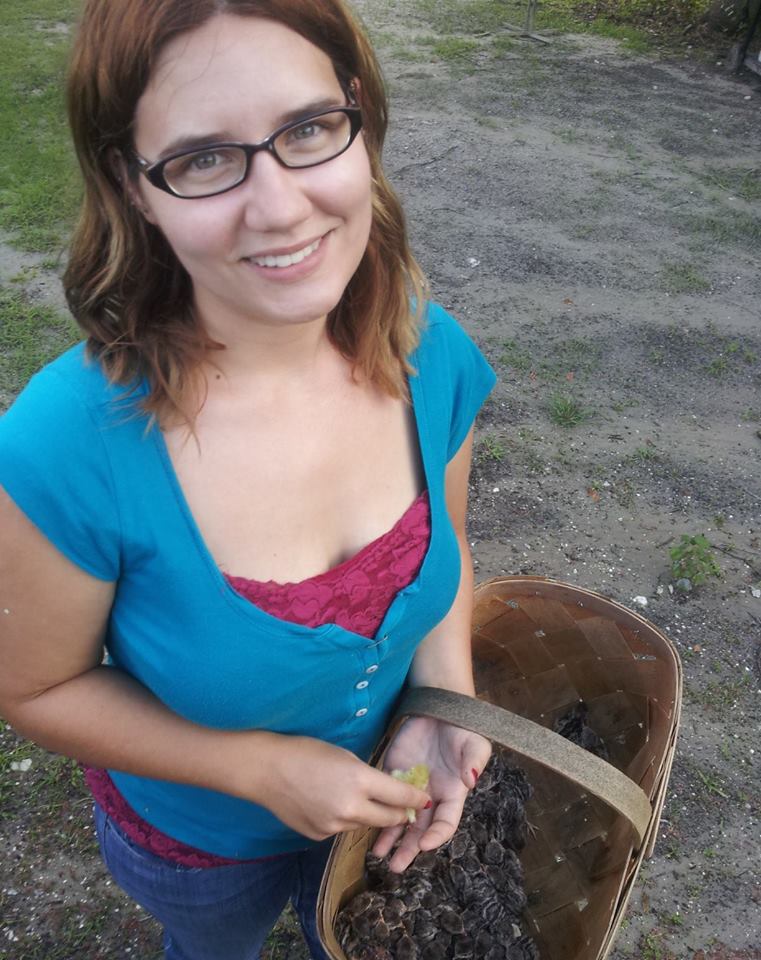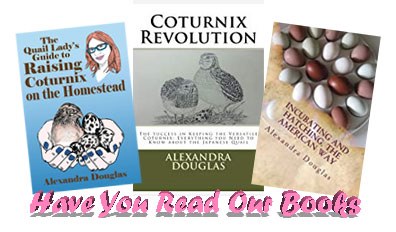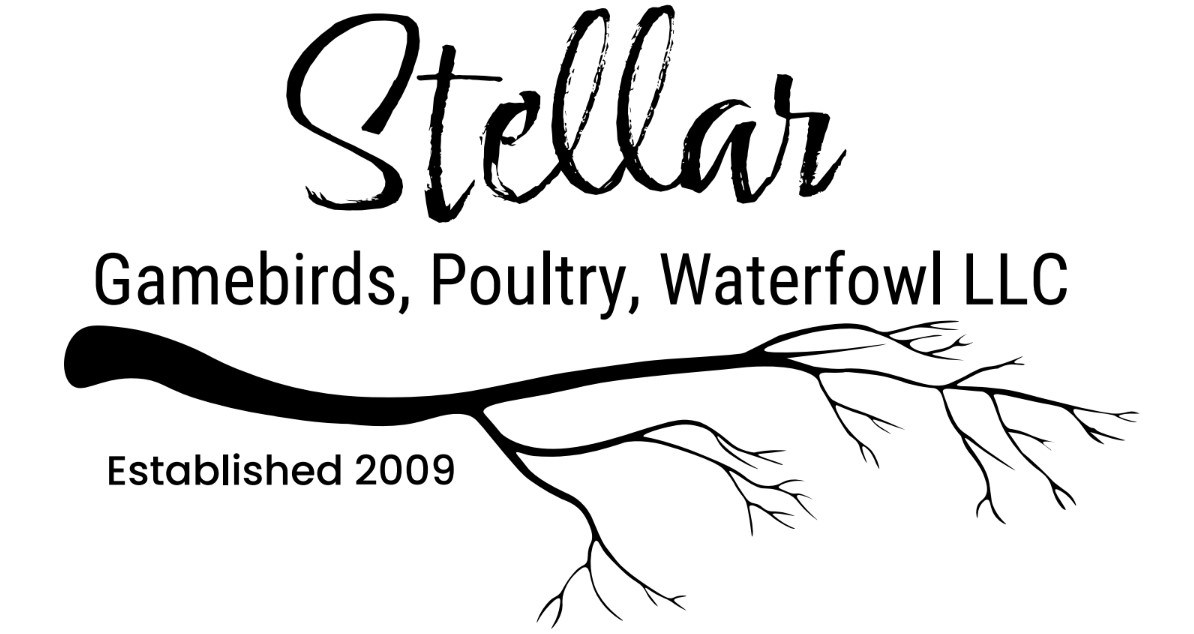Coturnix quail are fascinating birds with a rapid and efficient lifecycle that makes them a popular choice for poultry enthusiasts and farmers alike. From the moment the egg is laid to when the quail reaches adulthood, these birds undergo several key stages of development, each with its own unique characteristics and requirements. In this article, we’ll take you through the fascinating lifecycle of a Coturnix quail, highlighting what to expect at each stage.
Fertilization
The lifecycle of a Coturnix quail begins with fertilization. After mating, the female quail can lay fertilized eggs, typically one per day during the laying season. Quail eggs are small, speckled, and have a hard shell that protects the developing embryo inside.
Incubation
Quail eggs require incubation to develop properly. In a natural setting, this would involve the hen sitting on the eggs, but in most domestic situations, an incubator is used. The incubation period for Coturnix quail is relatively short—about 17 to 18 days. During this time, the temperature in the incubator should be maintained at around 99.5°F (37.5°C) with a humidity level of about 45-55%. As the hatch date approaches, the humidity should be increased to 65-75% to facilitate the hatching process.
Embryonic Development
Inside the egg, the embryo develops rapidly. By day 3, the heart starts beating, and by day 10, the embryo resembles a tiny quail chick. Throughout the incubation period, the chick grows and develops its organs, feathers, and beak. By day 15, the chick is fully developed and begins preparing for hatching.
Hatching
Internal and External Pipping
The hatching process begins with internal pipping, where the chick uses its egg tooth—a small, temporary structure on the tip of its beak—to break through the membrane inside the egg and access the air cell. This usually happens around day 16 or 17 of incubation.
After resting and adjusting to breathing air, the chick starts external pipping, which involves breaking through the eggshell. This process can take several hours as the chick works its way around the shell, creating a circular crack known as the “zip.”
Hatching Out
Once the chick has completed the zip, it will push its way out of the egg. This can be an exhausting process, and it’s normal for chicks to take breaks between efforts. After successfully hatching, the chick will be wet and exhausted, and it will rest while its feathers dry and fluff up.
After hatching, the chick remains in the incubator for a few hours to dry off and regain strength. Once dry and active, the chick can be moved to a brooder.
Brooding
The first few weeks of life are critical for a quail chick’s survival and growth. Chicks are moved to a brooder, which is a warm, safe environment that mimics the warmth provided by a mother hen. The brooder should be maintained at a temperature of around 95°F (35°C) for the first week, gradually decreasing by 5°F each week until the chicks are fully feathered at around 3-4 weeks of age.
Quail chicks need access to clean water and high-protein starter feed, typically containing 24-30% protein, to support rapid growth. Feed should be available at all times, and the water source should be shallow to prevent drowning.
Growth and Development
Coturnix quail chicks grow extremely quickly. Within the first week, they will have doubled in size and begun to develop their wing feathers. By the end of the second week, they start to resemble miniature adults, with more defined feather patterns and colors.
Quail chicks are social creatures and should be raised in groups to promote healthy behavior and reduce stress. They will begin to establish a pecking order early on, which is a normal part of their social development.
The Juvenile Stage
Between 3 and 5 weeks of age, quail transition from the chick stage to the juvenile stage. During this time, they complete the growth of their adult feathers. Juvenile quail are fully feathered by 4 weeks old, which allows them to regulate their body temperature more effectively.
As they mature, juvenile quail become more active and start exploring their environment with greater confidence. They may begin to exhibit more distinct social behaviors, such as dust bathing and more structured pecking order interactions.
Transition to Adult Feed
At around 6 weeks of age, juvenile quail can be transitioned from starter feed to a grower or adult feed with slightly lower protein content (18-20%). This change supports their continued growth and prepares them for egg laying or meat production.
The Adult Stage
Sexual Maturity
Coturnix quail reach sexual maturity remarkably quickly—usually between 6 and 8 weeks of age. At this point, females will begin laying eggs, and males will exhibit more pronounced mating behaviors, such as crowing and chasing females.
Once mature, a female quail can lay one egg almost every day. Quail eggs are small but packed with nutrients, making them a valuable resource for both consumption and hatching. If you plan to breed your quail, a ratio of one male to four or five females is ideal for optimal fertility.
Lifespan and Productivity
Adult quail are highly productive layers, especially during their first year of life. They can continue laying regularly for up to 2 years, although production typically decreases after the first year.
The average lifespan of a Coturnix quail is around 2 to 3 years, although with excellent care, some may live longer. Throughout their adult life, quail will continue to exhibit social behaviors, forage, and interact with their environment.
The lifecycle of a Coturnix quail is a marvel of nature, characterized by rapid development and impressive productivity. From the moment the egg is laid to when the quail reaches adulthood, each stage requires specific care and attention to ensure the birds grow healthy and strong. Understanding these stages not only helps you provide better care but also deepens your appreciation for these incredible birds and their role in sustainable farming and homesteading. Whether you’re raising quail for eggs, meat, or simply as a hobby, following their lifecycle offers valuable insights into their behavior, needs, and the joys of quail keeping.


